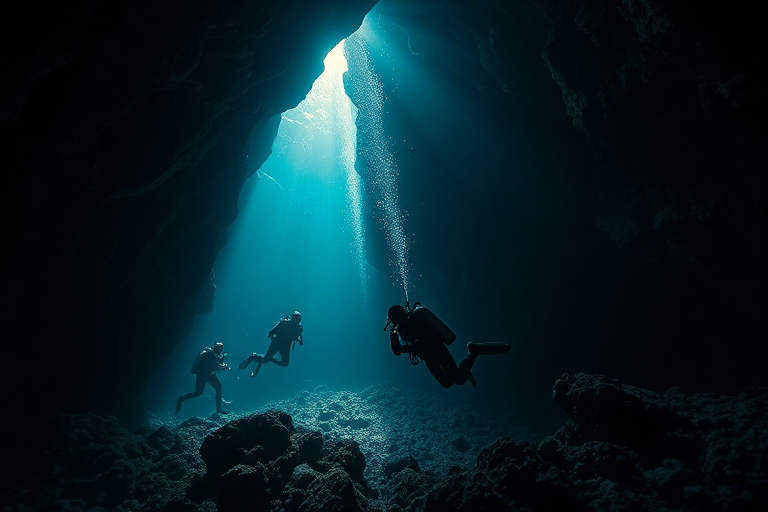Cave diving is one of the most thrilling yet challenging forms of underwater exploration. It combines the beauty of underwater landscapes with the adrenaline of navigating through confined spaces. However, it’s not for the faint-hearted. Here are 10 essential things you need to know before embarking on a cave diving adventure.
1. It Requires Specialized Training
Unlike open-water diving, cave diving demands specialized training. You need to learn advanced techniques such as line laying, gas management, and emergency procedures. Certification courses from organizations like the National Association of Underwater Instructors (NAUI) or the Professional Association of Diving Instructors (PADI) are essential.
2. Equipment is Different
Cave divers use specialized gear, including redundant air supplies, powerful underwater lights, and reels for laying guidelines. Unlike recreational diving, there’s no room for error, so your equipment must be meticulously maintained and checked before every dive.
3. The Environment is Unforgiving
Caves are dark, narrow, and often filled with silt that can reduce visibility to zero in seconds. The environment is unforgiving, and even small mistakes can lead to life-threatening situations. This is why preparation and mental focus are crucial.
4. Teamwork is Essential
Cave diving is rarely a solo activity. You’ll need a reliable team of divers who are equally skilled and prepared. Communication underwater is limited, so trust and coordination are key to ensuring everyone’s safety.
5. Navigation is Critical
In cave diving, navigation is everything. Divers use guidelines to mark their path, ensuring they can find their way back to the entrance. Losing the guideline can be disastrous, so attention to detail is paramount.
6. Gas Management is a Lifesaver
Running out of air is not an option in cave diving. Divers follow the rule of thirds: one-third of the gas for entering, one-third for exiting, and one-third as a reserve. This ensures there’s always enough air to make it back safely.
7. Psychological Preparedness Matters
Cave diving can be mentally taxing. The confined spaces, darkness, and potential for emergencies require a calm and focused mindset. Many divers practice meditation or visualization techniques to prepare mentally.
8. It’s Not for Everyone
Cave diving is not a recreational activity. It’s a highly technical and risky endeavor that requires physical fitness, mental resilience, and a passion for exploration. If you’re not comfortable in confined spaces or under pressure, this might not be the sport for you.
9. Respect the Environment
Caves are fragile ecosystems. Divers must avoid touching formations, stirring up silt, or disturbing wildlife. Responsible cave diving means leaving no trace and preserving these unique environments for future generations.
10. The Rewards are Unmatched
Despite the risks, cave diving offers unparalleled rewards. Exploring hidden underwater worlds, discovering ancient formations, and experiencing the silence of the deep is an adventure like no other. For those who are prepared, it’s a life-changing experience.
